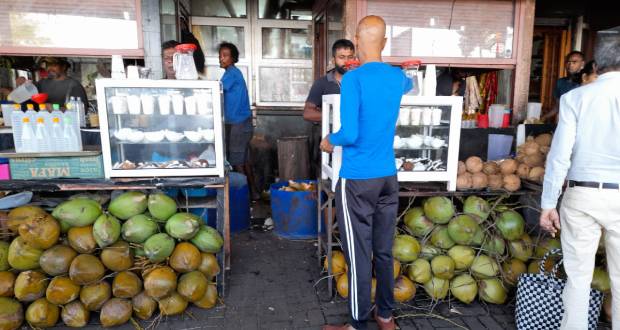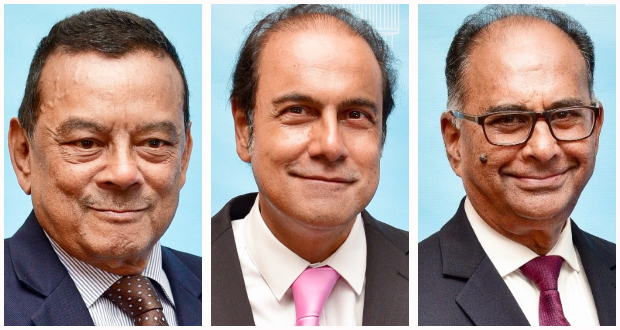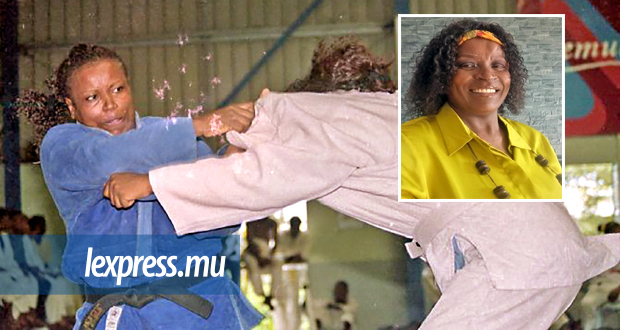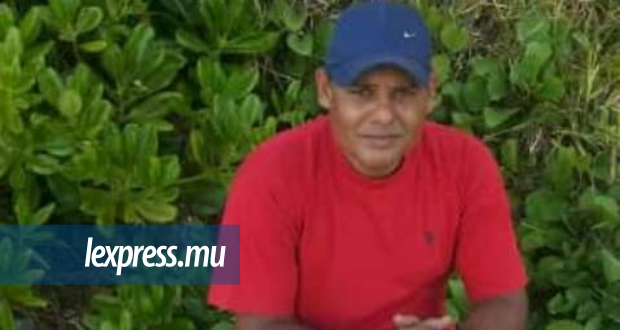Publicité
Flacq
A tale of two co-cohabitations
Par
Partager cet article
Flacq
A tale of two co-cohabitations

Ashwin and Talaiven are long time coconut sellers at Flacq market place. Each one occupies a stall standing almost cheek by jowl. They are the interface with the hundreds of buyers going up and down. Both have a strident voice but do not make their buyers uncomfortable. You would say the market would not be one without the presence they impose; they have to, being front line players on Wednesdays and Sundays namely.
Ashwin and Talaiven are not brothers in blood, no partners in business and no employees for a common business owner. They work for their own selves, each one for himself. For more than twenty-five years, they have developed a convention of their own, a rare accord, a module not taught at the university. “Bwar fre!” Tailaven raises his voice, “Enn ver! Enn lit!” Ashwin raises his. And on and on goes the tremolo, high pitch more often than low pitch: “0.5”, a volume equivalent to a chopine of fizzy drink.

Talaiven and Ashwin
Regular customers know them, first timers could be confused, and for foreigners, whether they buy from Ashwin or Talaiven, the taste of the water is the same. On days of religious festivals, Ganesh Chaturthi, Cavadee, Maha Shivratri, Divali, both stalls exhibit the preparedness and readiness to serve an exceptional flux of believers who crowd and depart hastily after getting their required number of coconuts. Besides taking the nuts deprived of their husks, a cup of the fresh water is rapidly swallowed. I have been a privileged witness to this hurly burly the morning of Ganesh Chaturthi, on the 8th of September.
Helpers and assistants are at work, engaged in an on-going process of chopping the ‘head’ of the nut, making a hole like a mouth to pour the water through a funnel in bottles that would find their way in homes near and far: greater village of Flacq, Poste-de-Flacq, Mare-La-Chaux, Camp-de-Masque and Medine. Interestingly, locals take their cup of water after they have filled their baskets loaded with vegetables and ripe bananas. Ashvin’s dada is always by his side while Talaiven mum is her son’s greatest aide.

The two young men share a common straight passage between their stalls. Their display has been conceived on the same model: nuts are stuffed at the foot of the stall, filled bottles on top of the stall, and a glass case shelving transparent bowls and glasses of coconut cream and white coco ‘meat’. Both have a similar variety of coconuts, Ceylon, Yellow, Green and Delrosa, this last one having a rosy colour in its husk. By practice and by intuition, they would tell you which nut contains a soft cream and which one would be a feast for the senses, sweet and crunchy.
Uphill, the organisation of work is similar as well. They have their own means of transport going around to supply points. They have their own suppliers like large estates, hotels and people owning a few trees on their premises. There are fewer trees on home premises for want of space, but for now, the supply is even. Green coconut water will remain a favourite drink of Mauritian people and a rare treat for foreigners. For sure, the market place in Flacq will continue to sell one commodity as long as this clutch of talented sellers will be operating under the same roof, but each one for himself at his own stall. A co-cohabitation.

Publicité
Les plus récents






